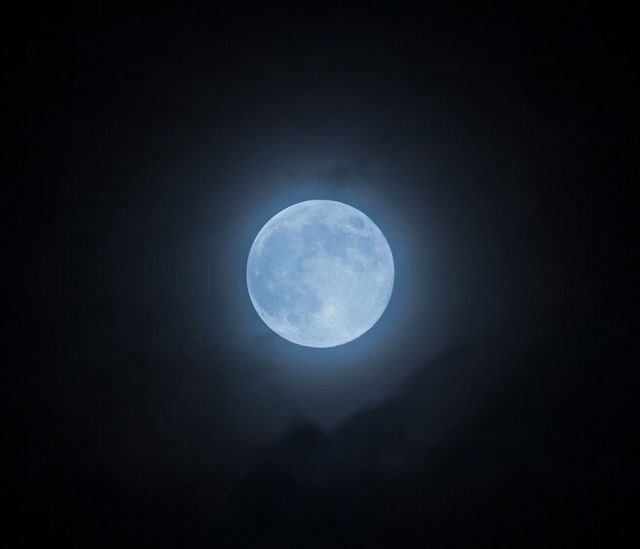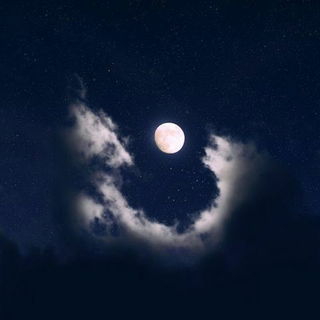There are two definitions of a Blue Moon. A Monthly Blue moon is the second full moon we see in any calendar month that has two full moons.
A Seasonal Blue Moon is the third full moon of an astronomical season with four full moons.
The next Monthly Blue moon will occur on 31st May 2026. The next Seasonal Blue moon, on the other hand, would occur on May 20, 2027.

Blue Moon is usually observed every two to three years. 2018 was a rare year with two Blue moons which were two months apart. This phenomenon is called Double Blue Moon, and it will once again occur in 2037. 'Once in a Blue moon' is a famous phrase that means not often or rarely.
Blue Moon Color
Blue moon does not exactly appear as its name suggests. It is of the same color as other moons except in two rare situations. Firstly, a Blue moon turns blood-red if there is a lunar eclipse when the light bends around the earth's atmosphere onto the moon.
Secondly, the Blue moon actually appears blue due to the haze of dust particles present in the atmosphere, primarily due to volcanic eruption.
Blue Moon Definition and Origin
Monthly Blue moon- It is a rare second full moon occurring in a calendar month with two full moons. Two monthly Blue moons may be visible in a year, as February sometimes has no full moon. Blue Moon can only occur if no full moon is observed in February.
It takes 29.5 days for the one moon phase to be completed. This means in 354 days, 12 lunar cycles are completed. Therefore, a 13th full moon is observed every 2.5 years within a calendar year. The 13th full moon is referred to as the Blue moon.
Monthly Blue Moon History
In 1946, an American astronomer called James Hugh Pruett misinterpreted the occurrence of Blue Moon. He said that Blue Moon is the second full Moon in a calendar month in a Star Quiz (a Sky and Telescope magazine) article. Although it was a mistake, it is now widely accepted as the second definition of a Blue Moon.
Seasonal Blue moon: The seasonal Blue moon is the third of four full moons of the astronomical season. Astronomical seasons start with the solstices and equinoxes every year.
There are four Astronomical seasons:
- Spring starts with the spring equinox
- Summer begins with the summer solstice
- Fall starts on the fall equinox
- Winter starts with the winter solstice
Behind the name 'Blue Moon'
The name 'Blue Moon' supposedly came into existence after the 1883 eruption of Krakatoa (part of a Volcanic Island group in Indonesia). As a result of the volcanic eruption, the atmosphere was filled with dust particles which gave a bluish color to the Moon. This was highly uncommon and this is how the phrase 'Once in a Blue Moon' was formed.
However, many say that the term originated over 400 years back. It was Philip Hiscock (folklorist), who predicted that invoking the Blue moon meant something weird and may never take place.
Other names
The August full moon or Blue moon of 2023 and 2024 will also be called the Full Sturgeon moon. This is because large fishes named Sturgeons are captured at this time of the year.
Full Red moon- as the weather at this time might make the moon appear reddish
Grain moon or Green corn moon-crops grow tall during this time of the season
Blue Moon will be followed by Harvest Moon in September.










